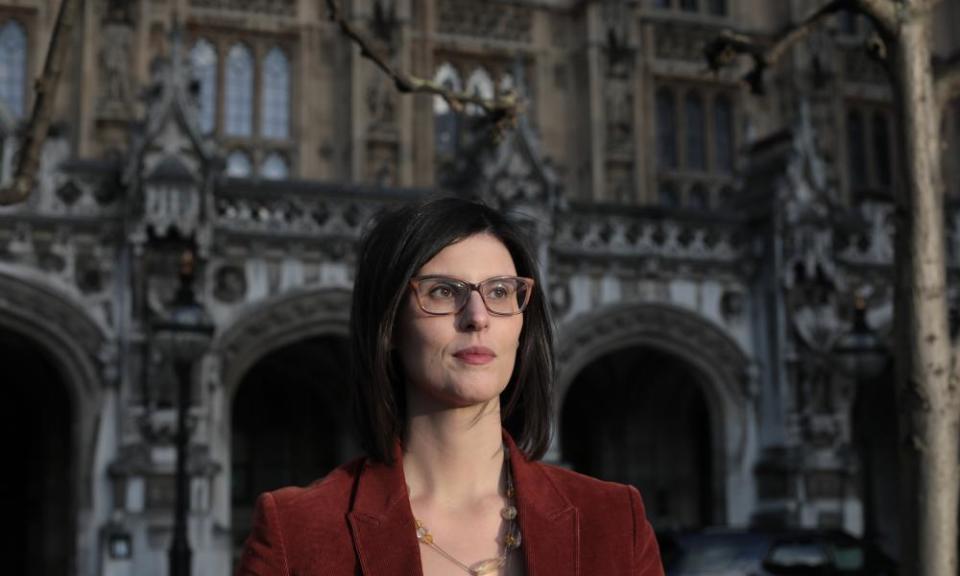More than half of England’s coronavirus-related deaths will be people from care homes
Care home residents are on course to make up more than half the deaths caused directly or indirectly by the coronavirus crisis in England, according to a new analysis.
The study warns that the death toll by the end of June from Covid-19 infections and other excess deaths is “likely to approach 59,000 across the entire English population, of which about 34,000 (57%) will have been care home residents”.
The estimate, produced by the major healthcare business consultancy LaingBuisson, includes people who list a care home as their primary residence, wherever they died – including those who died in hospital.
It is based on data from the Office for National Statistics, as well as the analyst’s own modelling of the number of care home resident deaths likely to have occurred in the absence of the pandemic.
The new study coincides with mounting concerns over the failure to protect care homes earlier in the pandemic. Senior care industry figures point to the decision to move some hospital patients back to care homes in mid-March. There have also been complaints that non-Covid-related healthcare became less accessible to homes during the height of the pandemic, leading to extra deaths.
It also emerged last week that Public Health England (PHE) warned in February that elderly people should not be discharged from hospitals to care homes if there was a serious risk of passing on the virus.
However, a letter sent to care providers from NHS England and the government on 19 March, which aimed to free up hospital capacity, ordered “the safe and rapid discharge of those people who no longer need to be in a hospital bed. The new default will be discharge home today”.
Figures released by NHS England show 25,060 patients were moved from hospitals to care homes between 17 March and mid-April, when guidance was formally changed to ensure testing took place.
[The treatment of care home residents is a] scandal which is just emerging
William Laing, report author
William Laing, the author of the new analysis on excess deaths among care home residents, said their treatment was “a scandal which is just emerging”. He said he believed a series of failings were behind the high number of excess deaths.
“At the peak of the crisis, there were widespread reports of normal medical support simply being removed from care homes,” he said. “Ambulances would not turn up to take emergencies to hospital, since capacity had to be kept clear for Covid cases.
“In-person GP house calls were replaced with occasional telephone calls. In the absence of any expectation of active medical support, care home residents were encouraged to consider what instructions they should give in the case of serious illness from whatever cause, with many opting for DNR (Do Not Resuscitate).
“At the same time, care homes were being asked by NHS Trusts to accept discharges without knowing the coronavirus status of the patient concerned. Meanwhile, shortages of PPE [personal protective equipment] must have aided transmission.
“The scenario described here – absence of normal medical care exacerbated by PPE shortages - is the only one that can satisfactorily explain the concentration of collateral damage (non-Covid ‘excess’ deaths) as well as Covid deaths within the care home population.”
Martin Green, chief executive of Care England, said: “I saw letters from GPs sent to care homes saying ‘we will not be doing consultations, we will not be sending people to hospital’. I think there’s a real issue that lots of people just were denied access to hospital.
“Things are now getting better, but it just won’t be about how we maintain that position. As the lockdown starts to ease in other parts of the society, people would expect it to ease in care homes, and care homes are desperate to be able to get families back in contact with residents, and there are serious risks there. You’re going to have to have testing on a very regular basis. You might be having to test once a week in care homes.”

Chris Hopson, chief executive of NHS Providers, which represents trusts, said that while there was an issue around the transfer of some patients over a small number of days in March, there was no mass movement of patients into care homes without tests and that hospitals worked closely with homes. “They were trying to balance two priorities - how on the one hand do we get patients discharged [to create capacity for possible Covid-19 patients], but also, how do we protect the care sector?”
Layla Moran, the Lib Dem MP, warned: “Vulnerable care home residents and workers were effectively abandoned without adequate access to testing or PPE. This has become the biggest scandal of the whole pandemic. Those responsible will need to be held to account in an inquiry once the crisis is over.”

 Yahoo Finance
Yahoo Finance 